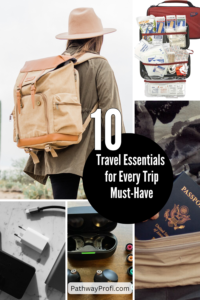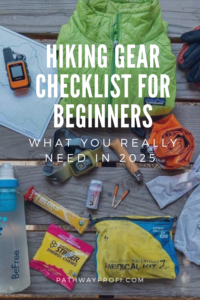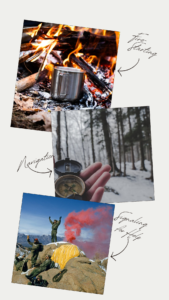Winter hiking is an unforgettable experience, but it comes with serious risks. Freezing temperatures, snowstorms, and unpredictable terrain can turn an adventure into a life-threatening situation if you’re not properly prepared. To ensure your safety and comfort, here are the top 10 must-have accessories for winter hiking.
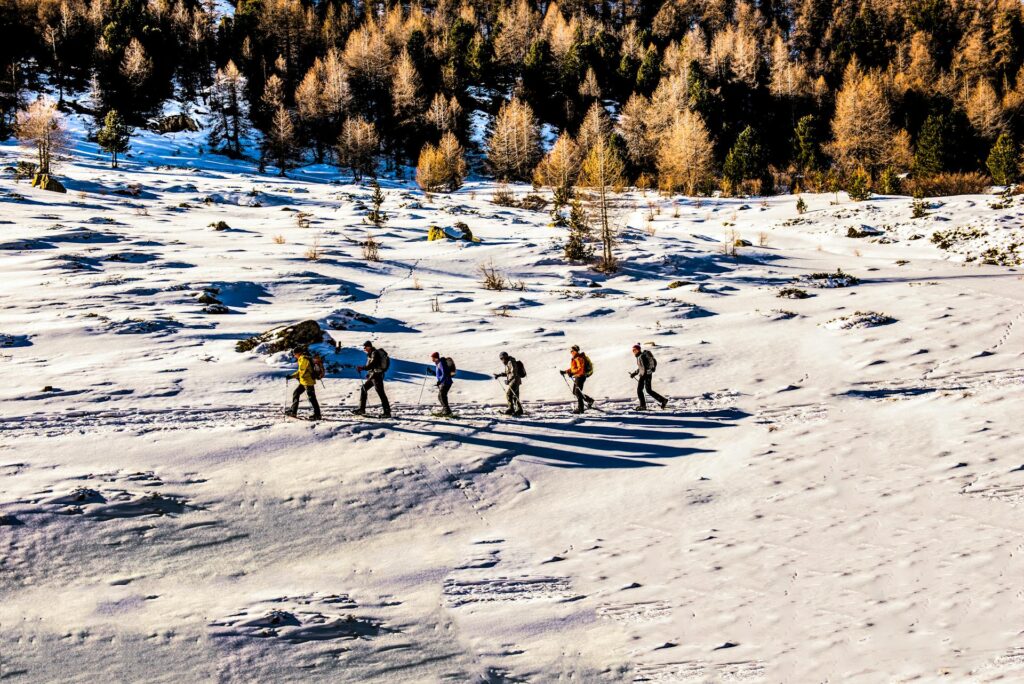
Table of Contents
1. Insulated, Waterproof Boots
Cold feet can ruin your hike in minutes, and frostbite is a real danger. Invest in insulated, waterproof hiking boots with good ankle support and deep treads for traction on snow and ice. Look for models rated for extreme cold and compatible with crampons for added grip.
Keywords: best winter hiking boots, waterproof insulated boots, hiking boots for snow
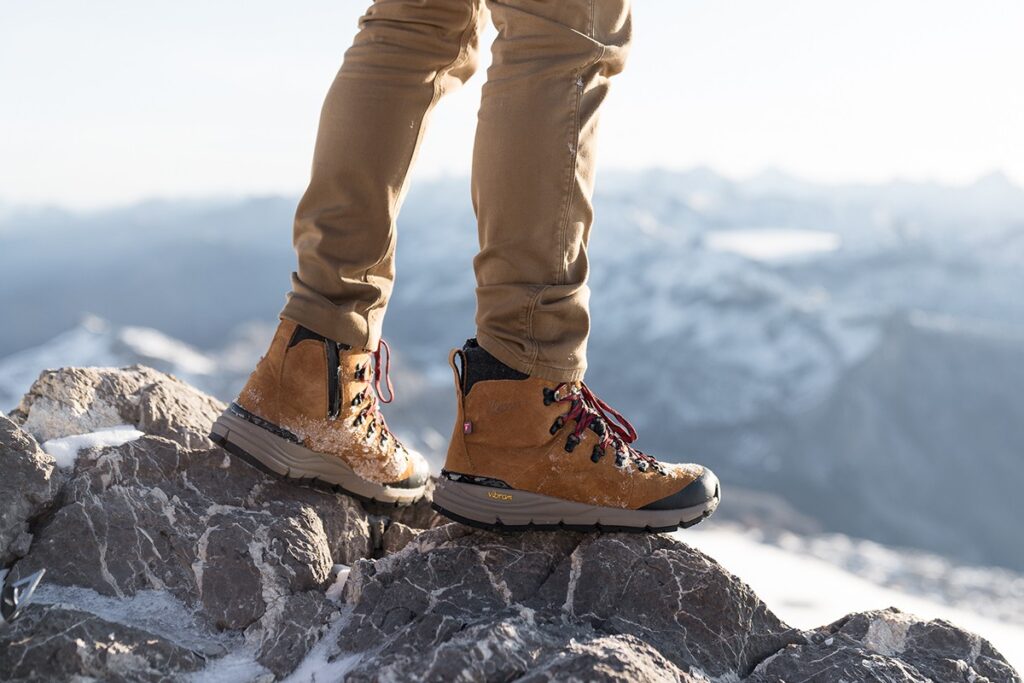
2. Thermal Base Layers
A proper layering system starts with moisture-wicking thermal base layers that keep sweat away from your skin. Avoid cotton—it absorbs moisture and makes you colder. Opt for merino wool or synthetic fabrics to stay dry and warm.
Keywords: best thermal base layers, winter hiking clothing, merino wool base layer
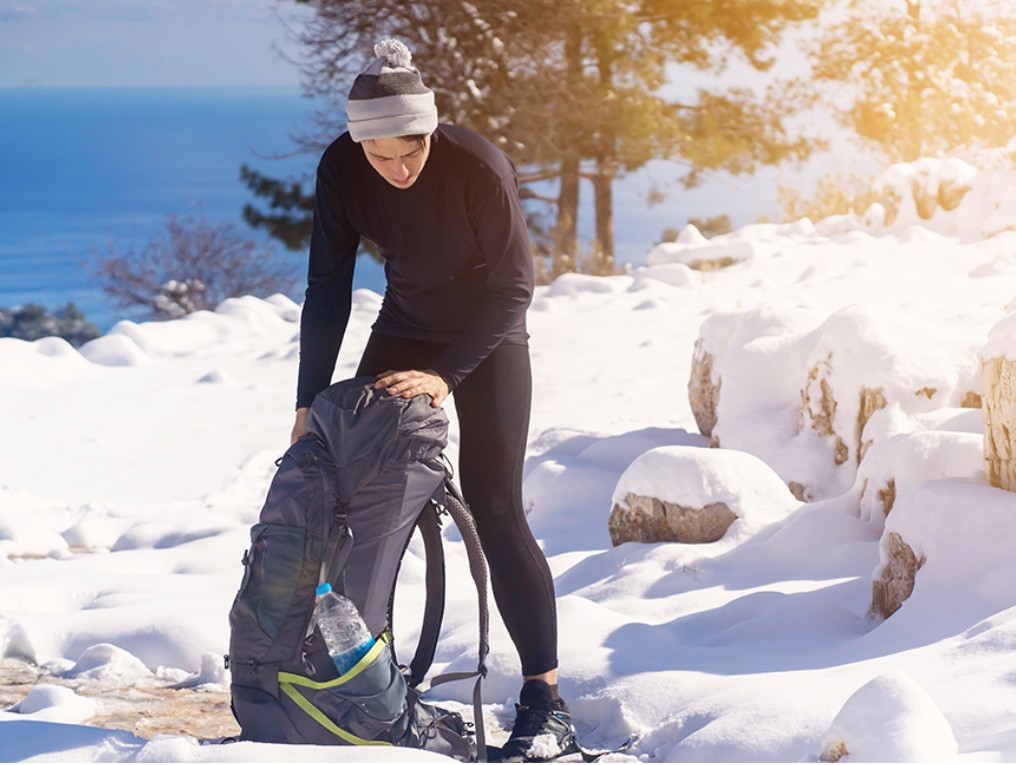
3. Crampons or Microspikes
Slipping on ice is one of the biggest dangers in winter hiking. Crampons or microspikes provide extra traction on icy trails, steep slopes, and frozen lakes. Choose microspikes for light hikes and crampons for technical climbs.
Keywords: best crampons for hiking, microspikes for snow, winter traction devices

4. Waterproof and Windproof Outer Layers
Your outer shell should protect you from wind, snow, and freezing rain. A GORE-TEX or similar waterproof jacket with a windproof membrane will keep you dry and insulated. Pair it with waterproof pants to prevent wet and frozen legs.
Keywords: best waterproof hiking jackets, winter hiking gear, windproof outdoor clothing
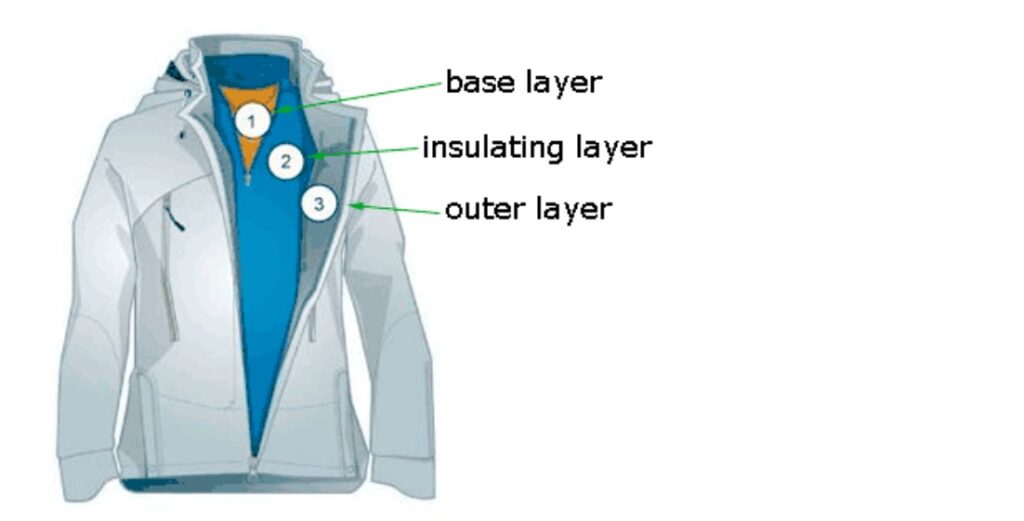
5. Insulated Gloves and Mittens
Frostbite can affect your hands within minutes in extreme cold. Layered hand protection is key:
- Thin, moisture-wicking liner gloves for dexterity
- Insulated gloves for warmth
- Waterproof mittens for extreme cold
Keywords: best gloves for winter hiking, warm mittens for extreme cold, frostbite prevention gear
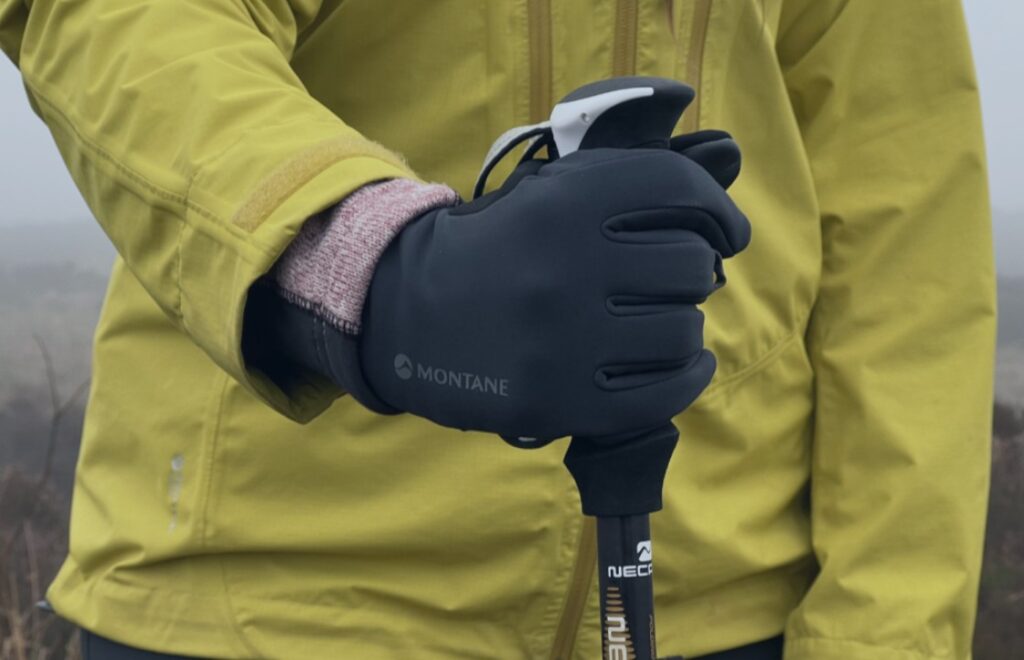
6. Balaclava or Face Mask
Wind chill can cause frostbite on exposed skin in a matter of minutes. A balaclava, face mask, or neck gaiter protects your face, nose, and ears from extreme temperatures while allowing for easy breathing.
Keywords: best balaclava for cold weather, frostbite prevention, winter face protection
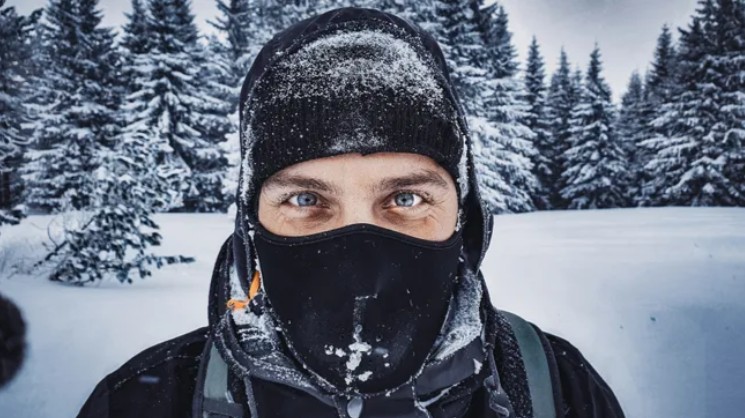
7. Emergency Shelter (Bivy Sack or Space Blanket)
Unexpected snowstorms or injuries can leave you stranded. A lightweight emergency bivy sack or space blanket provides crucial insulation and wind protection while you wait for help.
Keywords: emergency bivy sack, winter survival gear, best space blankets
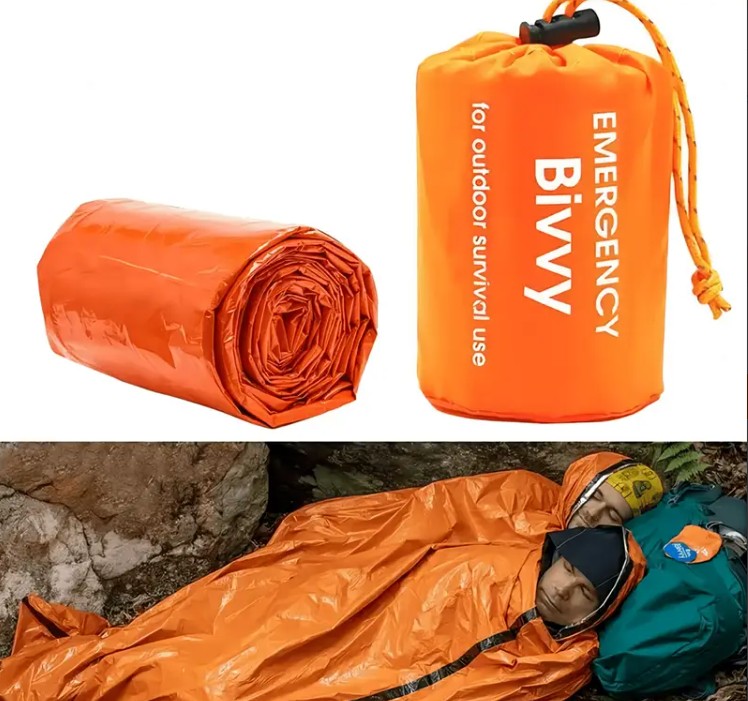
8. Headlamp with Extra Batteries
Winter days are short, and getting lost after sunset can be dangerous. A high-lumen headlamp with rechargeable or lithium batteries ensures you have reliable light even in freezing temperatures.
Keywords: best headlamp for hiking, rechargeable hiking flashlight, winter hiking safety gear

9. High-Calorie Snacks and Hot Beverages
Your body burns more calories in the cold. Pack high-energy snacks like nuts, chocolate, energy bars, and freeze-dried meals. A thermos with hot tea, coffee, or soup helps maintain body heat.
Keywords: best winter hiking snacks, high-calorie hiking food, thermos for outdoor adventures

10. First Aid Kit with Hypothermia Supplies
Winter injuries can be severe. A fully stocked first aid kit should include:
- Hand warmers and body warmers
- Emergency heat packs
- Bandages and medical tape
- Blister treatment supplies
Keywords: best winter first aid kit, hypothermia prevention, emergency supplies for hiking
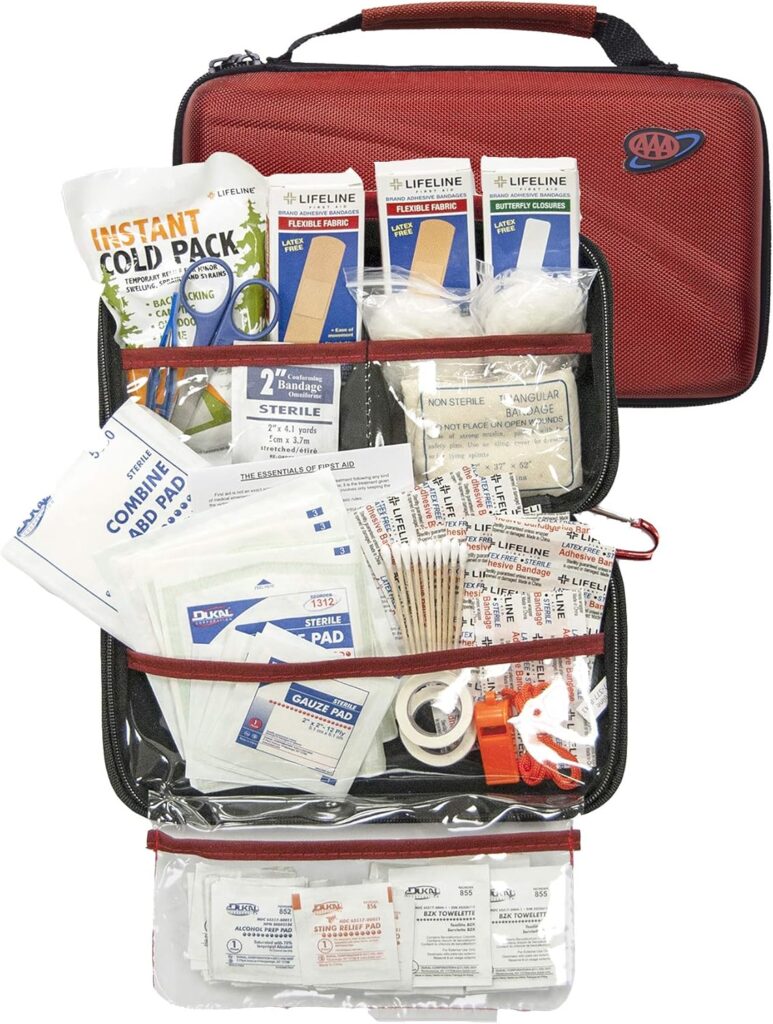
Final Thoughts
Winter hiking is an incredible experience, but preparation is key to staying safe. Without proper gear, exposure to extreme cold can lead to frostbite, hypothermia, and even life-threatening situations. Invest in high-quality winter hiking accessories, and always check the weather before heading out.
Stay safe, stay warm, and enjoy the adventure!


